Surgeonfish
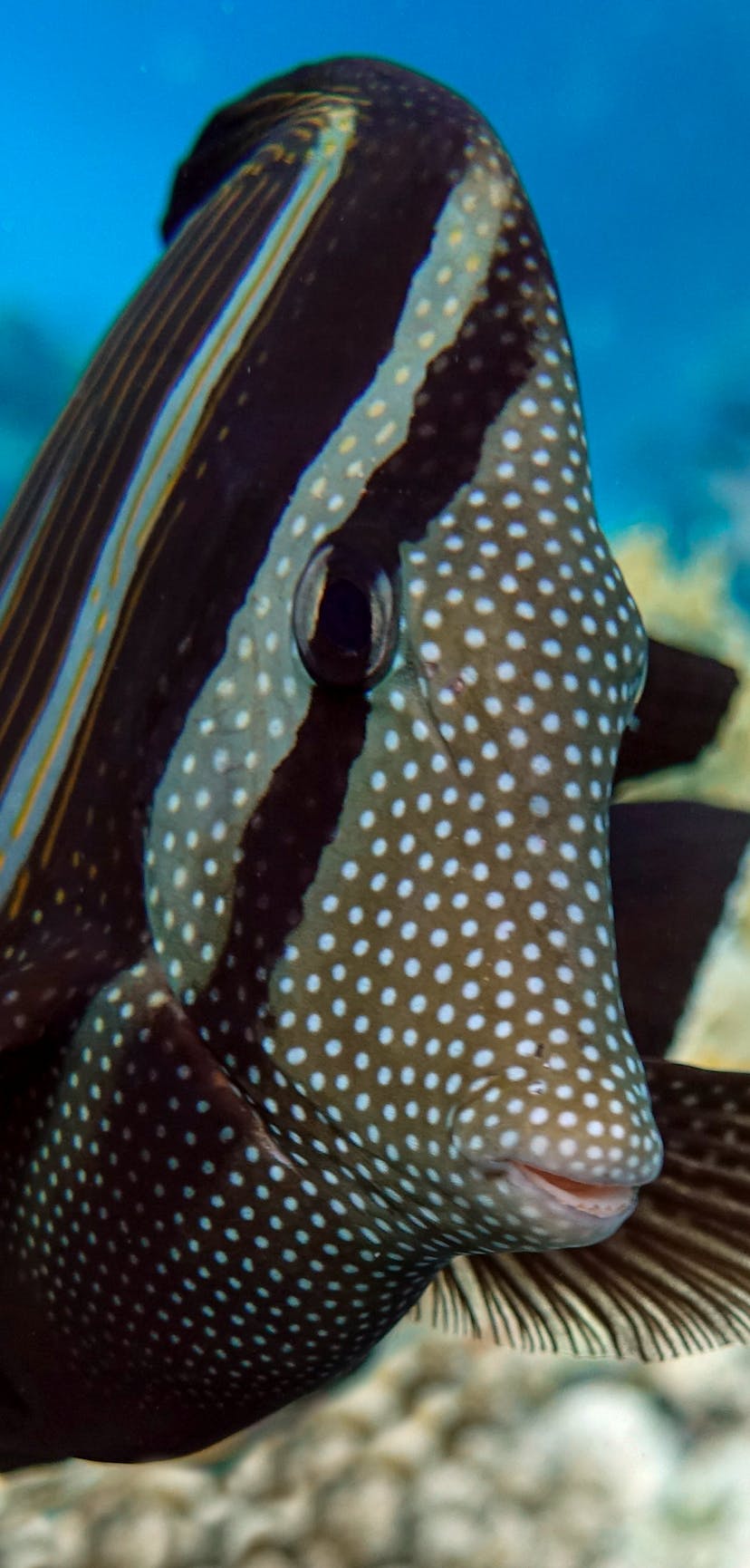



Surgeonfish are true grazers. In most species, the teeth are spatula-shaped with a sharp, serrated edge. With these, they scrape the algae off the coral reef. This prevents the algae from overgrowing the reef. That's important because tropical corals need sunlight to survive. Algae eaters, like surgeonfish, are actually the 'gardeners' of the coral reef: they take care of the reef and ensure that the corals continue to grow well.
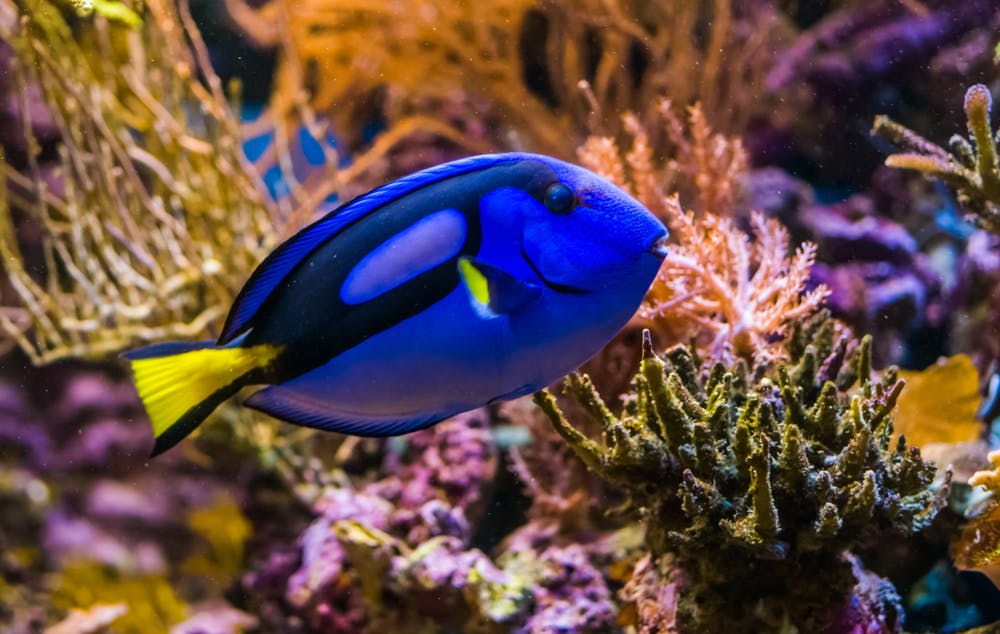
Up to 30 years, depending on the species
7 – 50 centimeters
15 – 100 centimeters
100 – 2500 grams
The surgeonfish family has a wide variety of colors and shapes. But they all have a couple of bony protrusions on the sides of the tail, just before the tail fin. These protrusions are shaped like a scalpel; hence the name 'surgeonfish'. Some species also have a notable hump or 'horn' on their forehead. The function of this is not entirely clear yet.
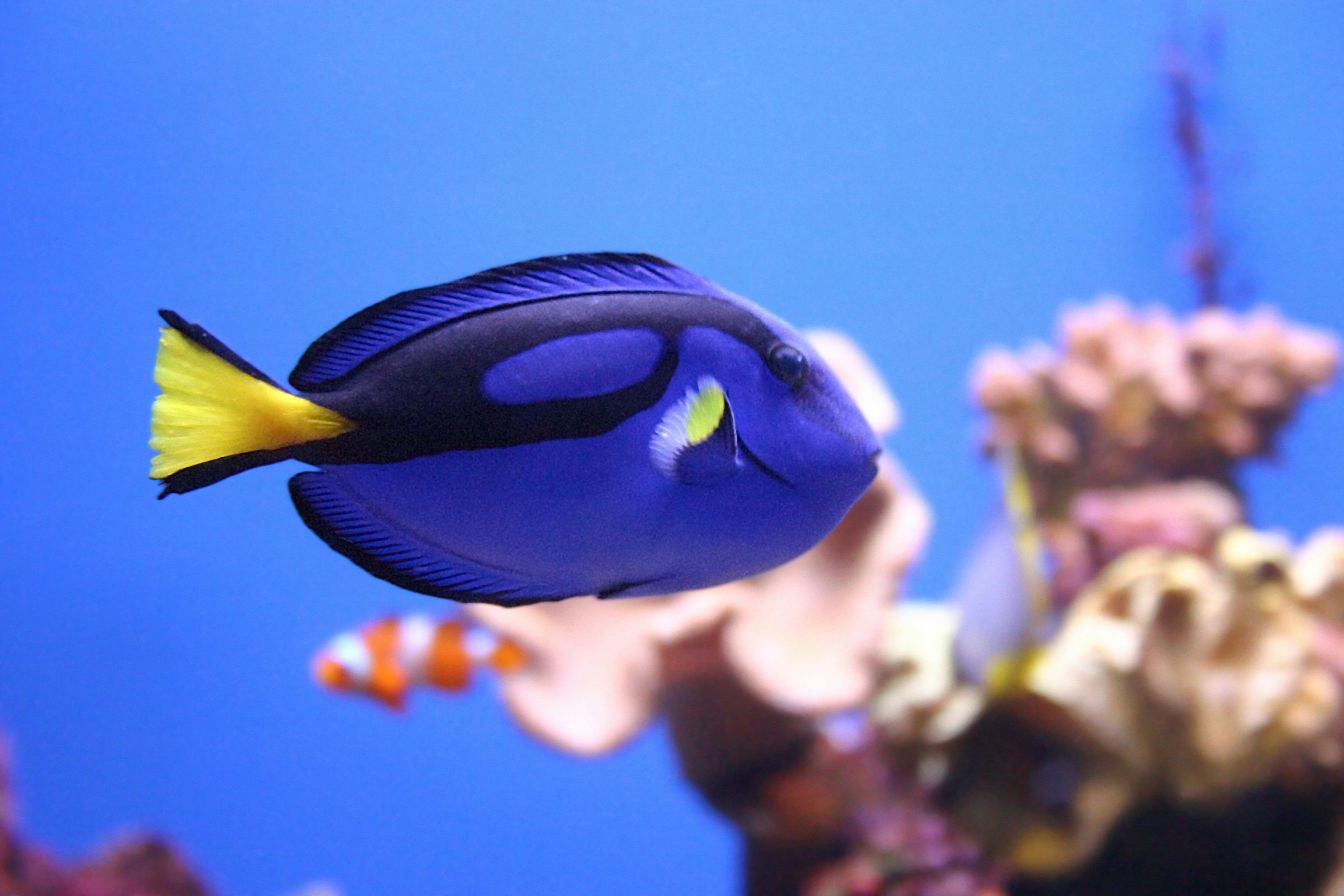
Fish in aquariums often receive fish food containing fishmeal. Fishmeal consists of parts of fish that are not used for human consumption. For algae eaters, such as surgeonfish, this does not match their natural diet. Additionally, algae do not float around in the water like most fish food but grow on coral reefs. To offer the fish in aquariums a more natural food source, RoffaReefs developed a feeding rack with vegan fish food. Now, the surgeonfish can truly graze in the 3D-printed feeding racks!
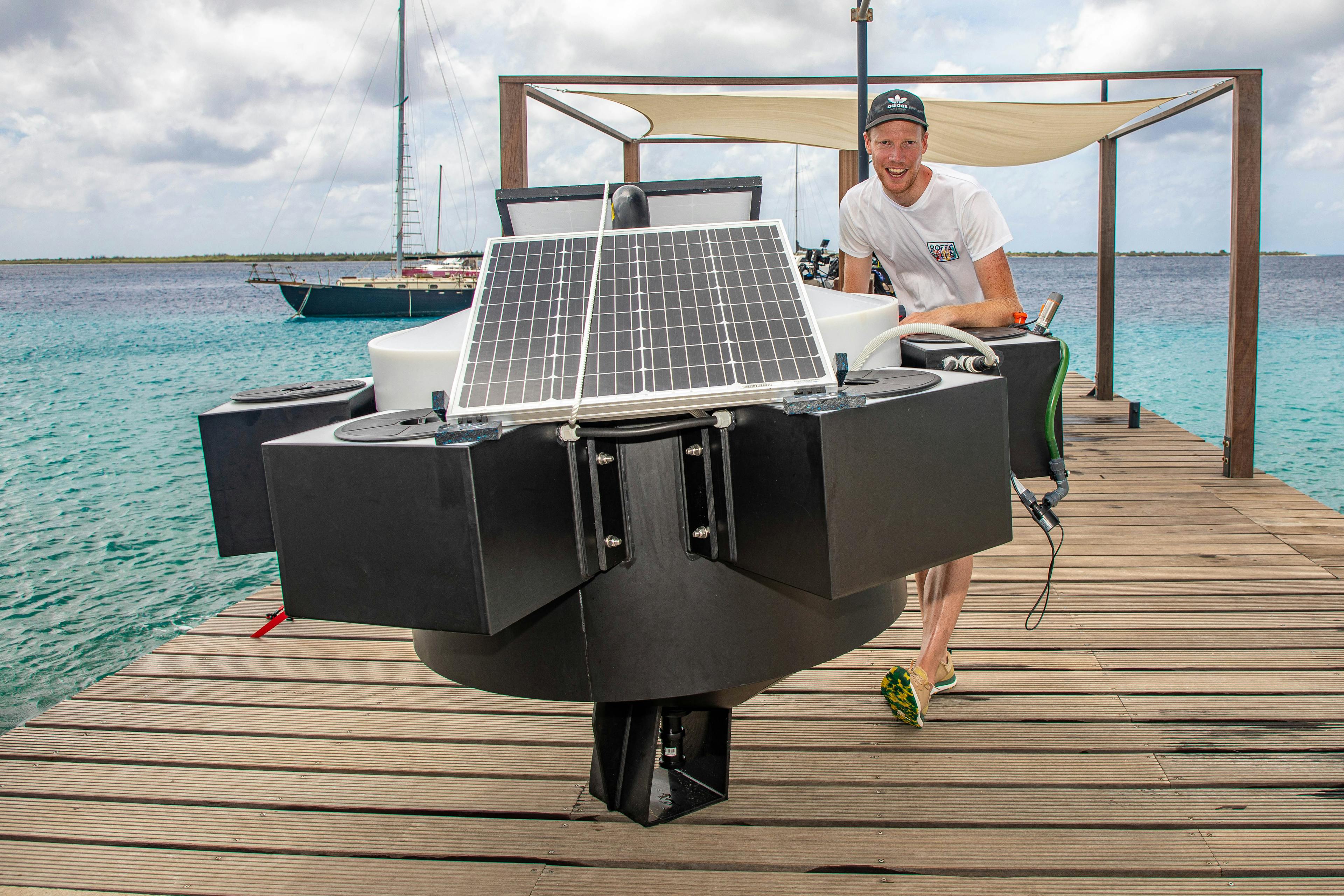
To better understand how surgeonfish reproduce, researchers at RoffaReefs are developing a breeding system for fish. In this floating system, fish eggs hatch safely, and larvae grow up, allowing researchers to study the fish's growth. They are testing this system in the coral reefs around Bonaire. They aim to determine when the fish reproduce and how the eggs develop into young fish. In doing so, they hope to maintain the wild population of reef fish, such as surgeonfish, in a healthy state. Indirectly, they are also keeping the coral reef healthy!
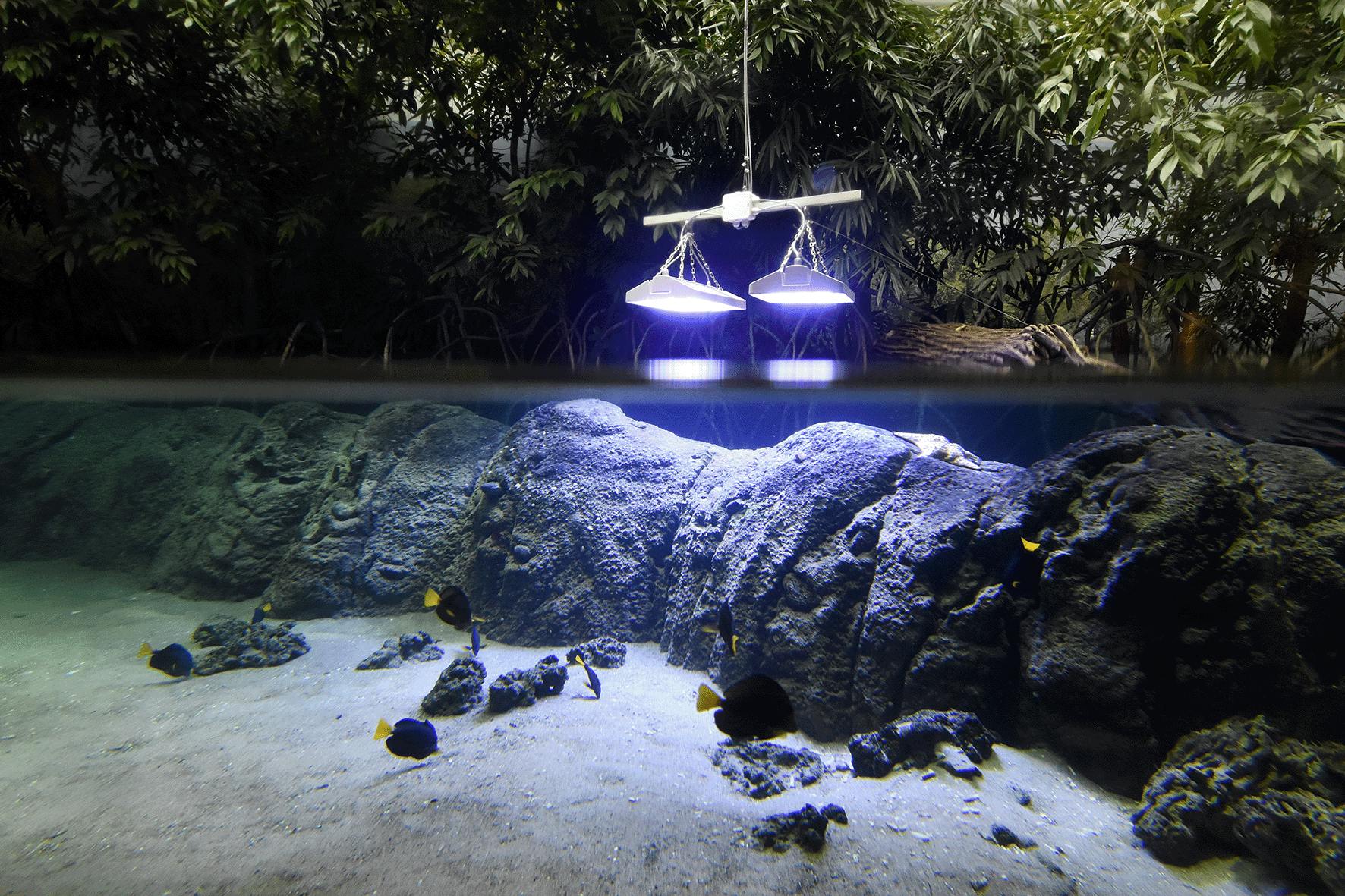
In Blijdorp, various types of surgeonfish can be seen: the Picasso surgeonfish, the Yellowtail Sailfin Surgeonfish, the Cortez surgeonfish, and the Unicornfish. Their natural habitat has been replicated in their aquariums, mimicking both coral reefs and mangrove forests. Nowadays, the caretakers feed the surgeonfish with algae, which they offer on 3D-printed feeding racks.